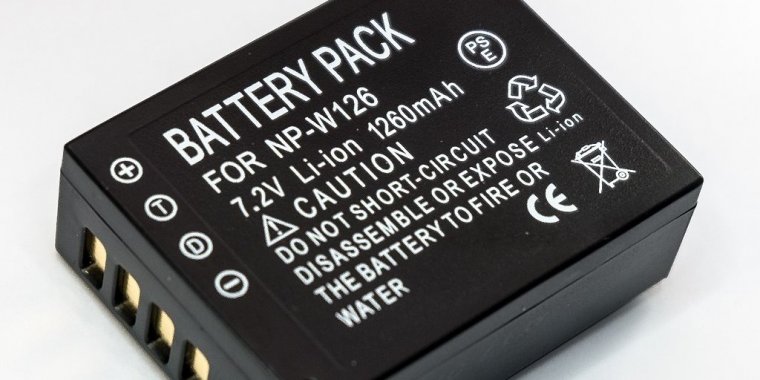| News / Science News |
New class of materials could be used to make batteries that charge faster
The researchers, from the University of Cambridge, used materials with a complex crystalline structure and found that lithium ions move through them at rates that far exceed those of typical electrode materials, which equates to a much faster-charging battery.

New class of materials could be used to make batteries that charge faster. ![]()
Although these materials, known as niobium tungsten oxides, do not result in higher energy densities when used under typical cycling rates, they come into their own for fast charging applications.
Additionally, their physical structure and chemical behaviour give researchers a valuable insight into how a safe, super-fast charging battery could be constructed, and suggest that the solution to next-generation batteries may come from unconventional materials.
Many of the technologies we use every day have been getting smaller, faster and cheaper each year – with the notable exception of batteries.
Apart from the possibility of a smartphone which could be fully charged in minutes, the challenges associated with making a better battery are holding back the widespread adoption of two major clean technologies: electric cars and grid-scale storage for solar power.
The niobium tungsten oxides used in the current work have a rigid, open structure that does not trap the inserted lithium, and have larger particle sizes than many other electrode materials.
The reason these materials have not received attention previously is related to their complex atomic arrangements. However, the structural complexity and mixed-metal composition are the very reasons the materials exhibit unique transport properties.
Using a technique called pulsed field gradient (PFG) nuclear magnetic resonance (NMR) spectroscopy, which is not readily applied to battery electrode materials, the researchers measured the movement of lithium ions through the oxides, and found that they moved at rates several orders of magnitude higher than typical electrode materials.
Most negative electrodes in current lithium-ion batteries are made of graphite, which has a high energy density, but when charged at high rates, tends to form spindly lithium metal fibres known as dendrites, which can create a short-circuit and cause the batteries to catch fire and possibly explode.
In addition to their high lithium transport rates, the niobium tungsten oxides are also simple to make.
Although the oxides have excellent lithium transport rates, they do lead to a lower cell voltage than some electrode materials. However, the operating voltage is beneficial for safety and the high lithium transport rates mean that when cycling fast, the practical (usable) energy density of these materials remains high. (University of Cambridge)
YOU MAY ALSO LIKE


